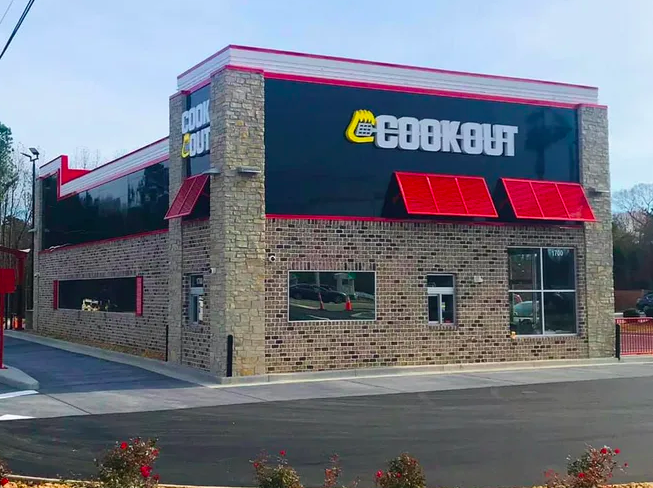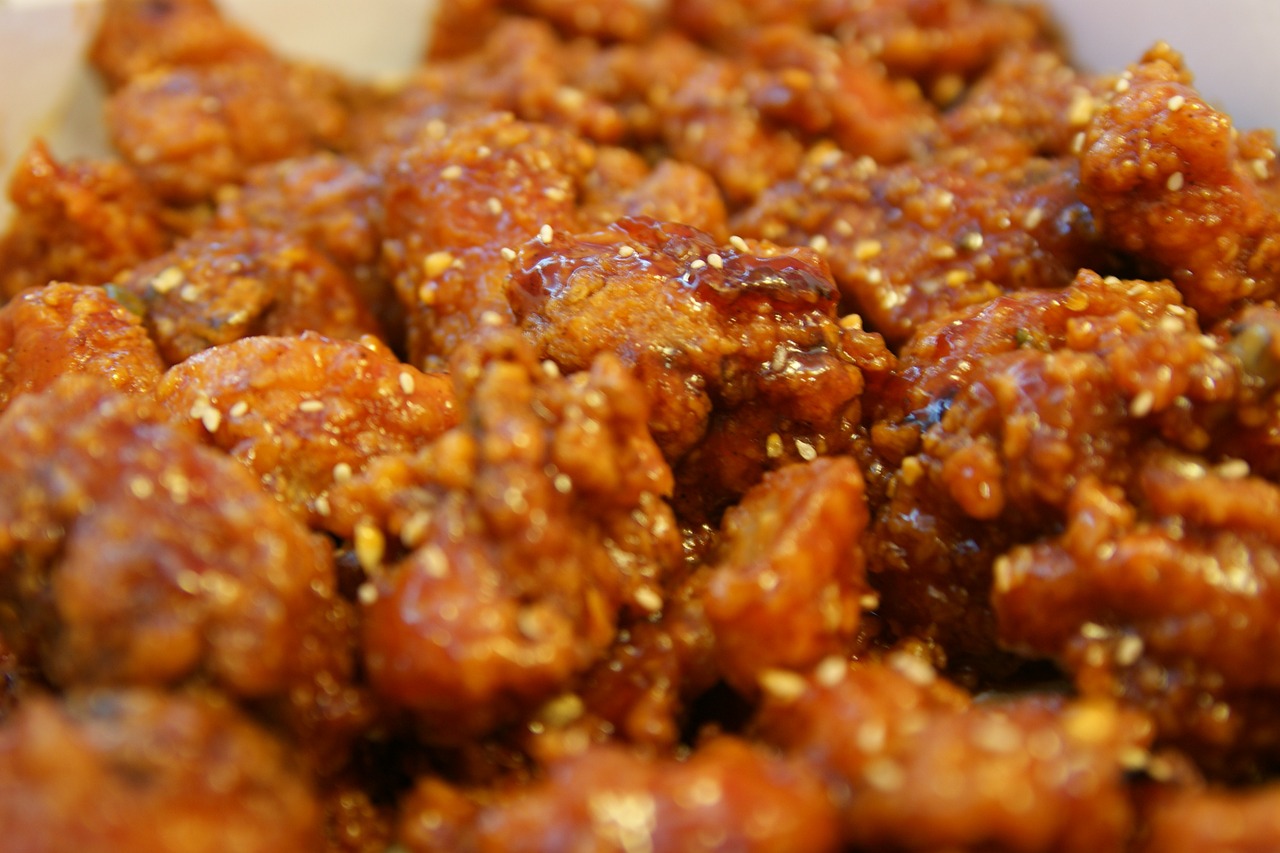If you are looking at opening a food truck, one of the first facts you need to understand is that the mobile food industry is one of tight margins. One of the most important, fundamental margins that must be understood, controlled and constantly monitored is food cost. Today we’ll share some easy food cost saving tips for those of you looking to help your bottom line.
When vendors are counting on their food sales to generate enough profit to cover payroll, rent, insurance, costs of goods sold, repairs, marketing, administration, taxes and fees, and still have something left over to take home, you really want to be as effective as possible with how you handle your food costs.
Here are several sound food cost saving tactics:
- Re-design your menu. The first of our food cost saving tips is to make sure your food truck menu incorporates seasonal products such as produce. When produce is in season, it’s usually abundant, and the quality is its best and at a lower cost.
- Purchase less appealing produce. Smaller and less aesthetically perfect produce is less expensive and helps farmers sell less than perfect looking products which makes a happy vendor.
- Compare apples to apples. When bidding out items, be careful that you’re making a true comparison between items. For example, if you’re comparing the prices for a case of tomatoes, factor in any differences in yield. Just because one vendor offers a case for less, doesn’t automatically make it a better deal if you are getting less product.
- Build a group purchasing organization. GPO’s are a great way for a group of food truck owners to lower food cost. With larger orders, the group can leverage purchasing prices through volume.
- Review purchasing and delivery processes. Reduce the number of vendors you use and negotiate savings by increasing your each order size. This may not work well for vendors who shop daily, but it comes in handy if you receive food deliveries for your food truck. By cutting down the number of deliveries they make, your distributor will save money, which they will pass on to your bottom line.
- Do more prep work. Consider doing more prep work in-house. Do this instead of buying items already cut and prepped. Instead of purchasing pre-cut 4-ounce chicken breasts, you’ll pay less per pound for pieces that randomly weigh 4-6 ounces. So, by trimming the excess chicken in-house, you’ll also trim your food truck’s food costs. Don’t throw away those savings by trashing the chicken trimmings; incorporate them into other dishes on your menu.
- Remember the 80/20 rule. The last of our food truck food cost saving tactics is to use the 80/20 rule. This rule states that about 80 percent of your food truck’s food costs come from 20 percent of your items. Negotiate good deals on those core items, but don’t overlook the other items.
RELATED: 8 Tips For Controlling Food Truck Food Cost
The Bottom Line
While you may already include some of these tactics, if you aren’t using them all, try them out and monitor the results. One thing that is certain is that well-controlled food costs, coupled with intelligent pricing will do wonders for a food truck’s bottom line.
Do you have any additional food cost saving tips? Share your thoughts on social media. Facebook | Twitter




